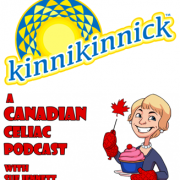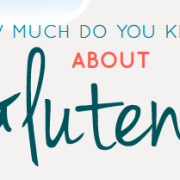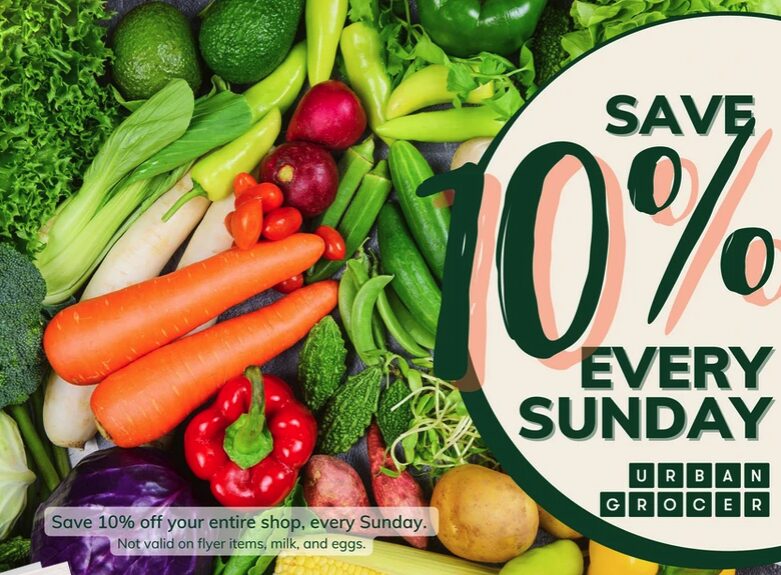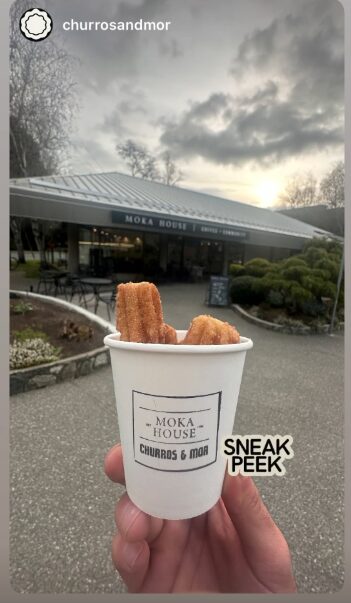Barley May Be Hidden in Products Imported from US During COVID
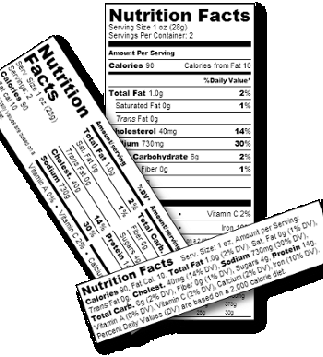 Celiacs in Canada! Check your labels! Heath Canada’s easing of labeling requirements for products imported from the US may not disclose the presence of barley in “malt flavour or extract or yeast extract.”
Celiacs in Canada! Check your labels! Heath Canada’s easing of labeling requirements for products imported from the US may not disclose the presence of barley in “malt flavour or extract or yeast extract.”
- Notice to Canadians with celiac disease or other gluten-related disorders 1
During the COVID-19 pandemic, the Canadian Food Inspection Agency (CFIA) has temporarily suspended enforcement of certain food labelling requirements in order to address potential food shortages in the Canadian retail sector, prevent food waste, and support Canada’s economy without compromising food safety. The CFIA posted a notice to industry on April 6, 2020 regarding the labelling of foodservice products for sale at retail.
Under this measure, the CFIA is providing flexibility for certain labelling requirements for products which had been packaged for use in the foodservice industry by restaurants, hotels or institutions. Part of this measure temporarily allows food products that were made, packaged and labelled in Canada for foodservice use, that are labelled according to US requirements, to be sold at retail in Canada. Food safety-related aspects of food labels, such as a list of ingredients and a food allergen or gluten source declaration, if applicable, are still required as part of the product information available to consumers.
Products which were labelled according to US labelling regulations could contain certain ingredients that are derived from barley, specifically malt flavour or extract and yeast extract. While information on Canada’s priority allergens and gluten sources will continue to be required on or with product labels, some products originally labelled for the US market might not identify barley present in these ingredients, because US labelling regulations do not include enhanced declaration of gluten sources.
Consumers with celiac disease or gluten-related disorders should read food labels carefully and may wish to avoid any foods which list malt flavour or extract or yeast extract as ingredients. Malt flavouring can be used in a variety of foods, including baked goods, cereals, beverages and candies. Yeast extract can be found in foods such as soups, sauces, seasoned chips and other savoury products.
Note that labelling requirements for gluten free claims are very similar in Canada and the US which means any foods represented as “gluten free” on their label have to meet strict criteria and cannot contain gluten above 20 parts per million. Gluten free products are not permitted to contain malt flavour or extracts or yeast extracts.
From the Canadian Celiac Association’s “Tips for US Gluten-free Labels” 2
Posted June 4, 2020
- Identify if it is a USA product being sold in Canada or a CDN product. USA will be english only label and CDN will be english and french label.
- CDN will identify gluten sources as normal.
- USA FDA regulated foods will only identify wheat on the label (not barley or rye). FDA regulates all food products with the exception of meat products, poultry products and egg products.)
- USDA regulated foods are voluntary to list gluten sources but it estimated that 80-90 percent voluntary list them.
- If it is a USA label, look for a ‘gluten free’ claim. A GF claim is regulated the same in the USA as it is in Canada, meaning less than 20ppm
- If it’s a USA label and no ‘gluten free’ claim, look for hidden source of gluten as identified below:
- “Wheat”
- “Barley”
- “Rye”
- “Oats”
- “Malt” (unless a gluten-free source is named, like corn malt)
- “Brewer’s yeast”
- “Yeast extract”
If you do not see any of these words on the label of an FDA-regulated food, the product is unlikely to include any gluten-containing ingredients.
- For FDA-regulated foods not labeled gluten-free, read the food label looking for these words and terms:
- “Wheat”
- “Barley”
- “Rye”
- “Oats”
- “Malt” (unless a gluten-free source is named, like corn malt)
- “Brewer’s yeast”
- “Yeast extract”
If you do not see any of these words on the label of an FDA-regulated food, the product is unlikely to include any gluten-containing ingredients.
- For USDA-regulated foods not labeled gluten-free and not voluntarily complying with FALCPA (The Food Allergen Labeling and Consumer Protection Act), read the food label looking for these words and terms:
- “Wheat”
- “Barley”
- “Rye”
- “Oats”
- “Malt”
- “Brewer’s yeast”
- “Yeast extract”
- “Starch” (unless a gluten-free source is named)
- “Dextrin” (unless a gluten-free source is named)
- “Modified food starch” (unless a gluten-free source is named)
If you do not see any of these ingredients on the label of a USDA-regulated food, the product is unlikely to include any gluten-containing ingredients.
NOTE: FDA vs. USDA: What’s the Difference? 3
- The Food and Drug Administration (FDA) is responsible for monitoring food, animal feed, drugs, dietary supplements, and a few other types of products. They also spearhead efforts like the Total Diet Study, which monitors levels of certain chemicals in the U.S. food supply.
- The Department of Agriculture (USDA) has a primary mission to support the country’s agricultural economy and ensure that the products coming from our agricultural pipeline are safe and nutritious. USDA does research to support their mission as well.
- See some overlap? You’re not alone. Both agencies are charged with monitoring the safety of the food supply, and so some boundaries are necessary so that the agencies aren’t stepping on each other’s toes.
Get your CCA New Living Gluten Free guide that includes tips on US labels.
- 1 https://www.canada.ca/en/health-canada/services/food-allergies-intolerances/gluten-related-disorders-celiac-disease/notice-canadians.html
- 2 https://www.celiac.ca/living-gluten-free/food-labelling/tips-for-us-gluten-free-labels
- 3 https://www.govloop.com/community/blog/fda-vs-usda-whats-the-difference/#:~:text=An%20Overview,bottled%20water%2C%20and%20whole%20eggs



